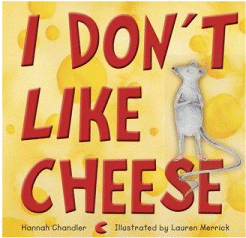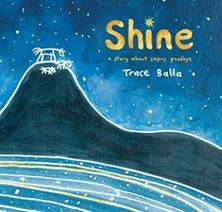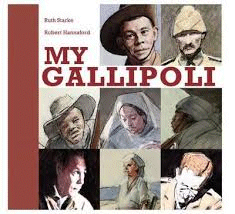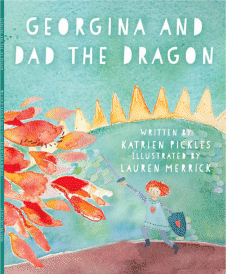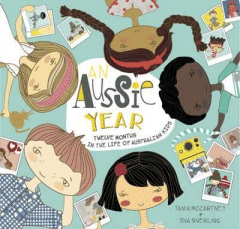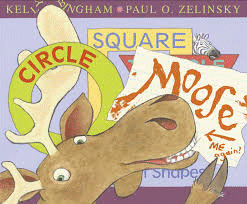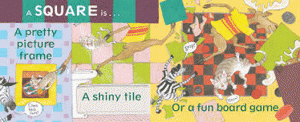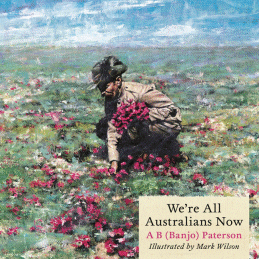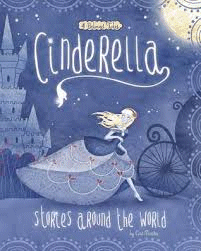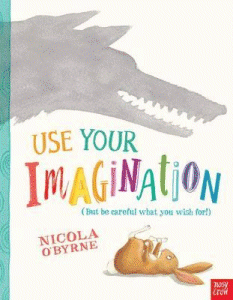I don’t like cheese
Hannah Chandler
Lauren Merrick
Exisle Publishing, 2014
hbk., 32pp., RRP $A19.99
9781921966668
What do you do if you’re a mouse and you don’t like cheese? Do you starve to death? Or are you lucky like Mike and live in the house where the Walker family lives and daughter Ashley brings you a special treat for dinner each night? No matter what type of cheese Mike’s mum gave him, he refused to eat it. Instead he waited patiently each night for Ashley to bring him something yummy for his dinner And each night it was a taste from somewhere different- meat pie and tomato sauce from Australia on Monday; tacos on Tuesday; sushi on Wednesday… As well as the food there was also a little something from the featured country so Mike could have a little culture with his cuisine.
But on Friday night, along with his French croissants and crème brulée there was a note from Ashley telling Mike that she is going on holiday and won’t be able to leave him his dinner. What will Mike do?
This is an appealing story that immediately brought to mind the amazing celebrations a local school has just had for Harmony Day where the children got to sample food from so many different countries, dress in their national costumes and participate in dance, craft and other activities. It would be the perfect story to include in those, but it would also make an ideal platform for investigating just how broad the Australian diet is and the influence that the cuisine of so many places has on it.
It was written by Hannah Chandler when she was just 11 years old in response to a challenge from the school principal as she tried to tempt fussy eaters. From being bound and put into the school’s library collection word spread and this charming professional picture book is the result. So it could also be used as inspiration for all the budding writers in your school.
